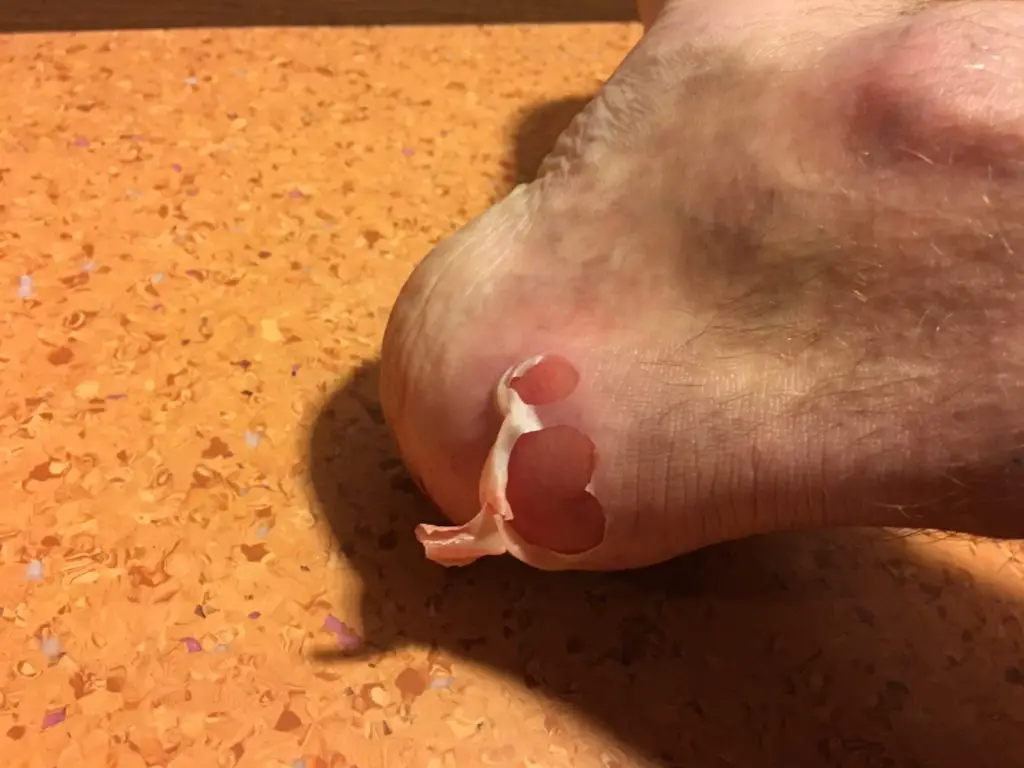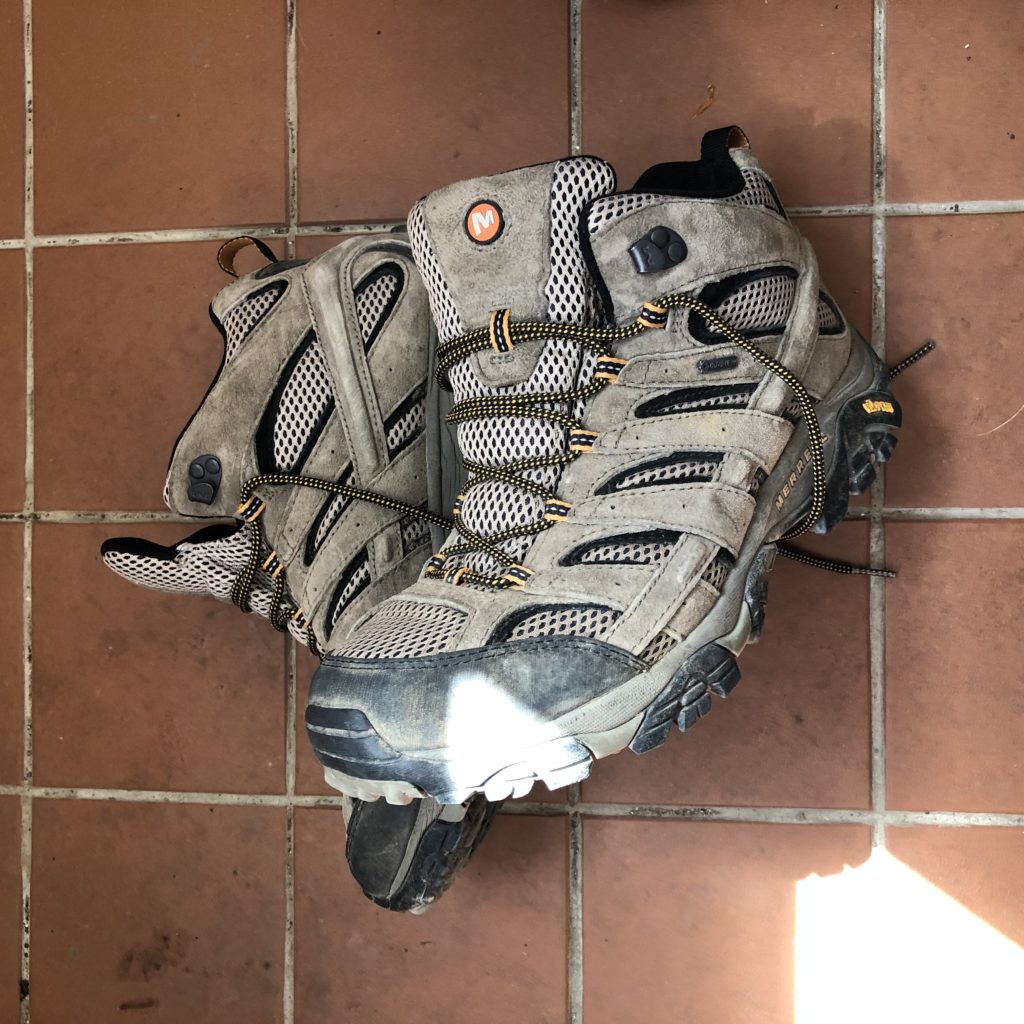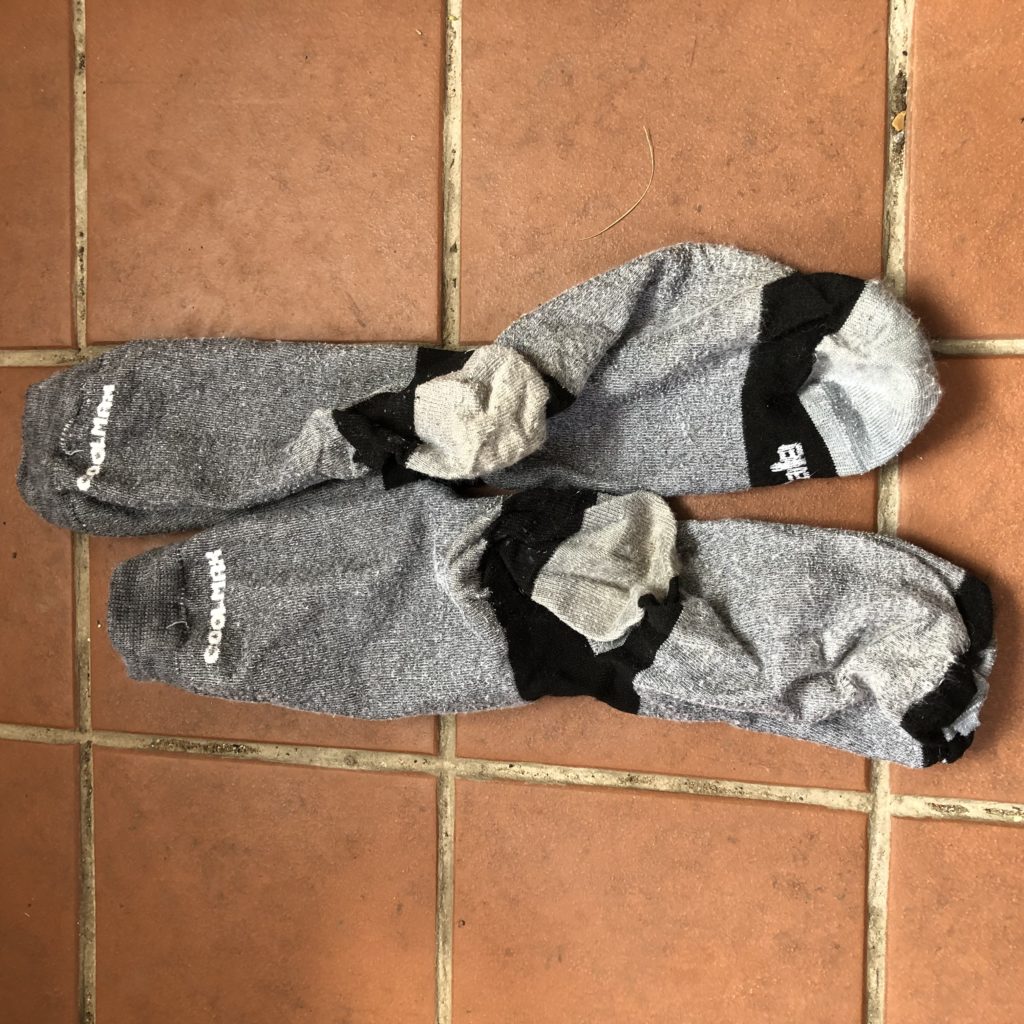How to Prevent Blisters When Hiking and Hillwalking
When it comes to hiking and hillwalking there’s nothing I find worse than the feeling when a blister starts to form. Fact: blisters are the most common injury suffered by hikers. Even now, with over 30 years of hiking experience, I still get a few blisters. What I’m going to do today is show how to prevent blisters when hiking, hillwalking… and pretty much any other activity that requires you to use your feet.
It goes without saying that, here at TrekSumo, we know all about the misery that accompanies these often small, but very painful, injuries.

But first…
What is a Blister?
Blisters are our body’s way of saying stop! They are fluid-filled sacs that can be incredibly painful and debilitating. The bubbles are simply layers of skin. Depending on the severity of your blister, it can be filled with plasma (the clear liquid most of us are familiar with), blood or pus.
Most commonly blisters occur on our feet and are caused by friction, which we’ll talk about in a minute. Other causes of blisters include burn-related injuries, contact with chemicals, infection and freezing. Over the years I’ve had the misfortune to experience several types of blister, the most painful being those caused by extreme cold temperatures – frost bite.
What Are the Causes of Foot Blisters?
Most common cause of blisters on our feet is that old enemy friction! In most cases this friction is caused by pair poorly fitting shoes or boots. And it’s not just hikers who suffer these agonies. I’m sure most of you can remember the time when a new pair of shoes rubbed and rubbed until your flesh was raw and every step was a lance of pain. Not surprisingly the most common place to be affected by blisters is the heel of the foot.
In recent years some research has shown that simply having sweaty feet can be a major cause/Or contributor to, blisters. Likewise having very wet feet, say due to water immersion, increases the likelihood of blistering.
The most obvious way to prevent blistering is to either remove the friction or find ways to which way the moisture that builds up on your feet.
Ways to prevent blisters

Choice of footwear is key. I always prepare my boots or shoes before doing any serious mileage on the hills. It goes without saying that’s the best advice comes from the companies I buy my walking shoes and boots from.
Rather than try to cover every aspect of huge and complex topic, I’ll stick to the basics.
I find the simplest way to prevent blistering of my feet when hiking is to break in the footwear. I know it sounds pretty tedious, but the really is no alternative. Over the years I tried multitude of remedies that apparently softened leather double quick leaving my boots ready for a big march. And none of these methods work. Not even leaving my boots overnight to soak in the sink of urine.
I highly recommend spending at least a couple of weeks wearing new footwear on short walks. And by shorts I mean a mile, or so, at the most. If the fit is poor, of the material is too stiff during this time will come the ‘joys’ of hot spots, which are the small red marks that form a short time before a blister.
If I experience and hot spots or blisters during this breaking in period I tape them up. Here is a video that shows the correct way to take up a blister or hotspot.
Other ways to prevent blisters when hiking

Another preventative method is to choose the right socks. The aim here this choose socks that reduce the overall amount of friction against my feet. I recommend choosing a pair of socks that has additional cushioning in areas the susceptible to blisters. These include the heel and balls of your feet, and toes.
Wherever possible steer clear of cotton socks! A piece of research from the United States showed that’s cotton is a significant contributor to the formation of blisters. This is because the material doesn’t work away sweat moisture. Instead the cotton soaks up any moisture and holds it against the skin.
The best socks for blister prevention have been made using man-made fibres and wool. I’ve used Marino wool socks and underwear on numerous occasions and this material does an job of moving sweat and moisture away from my skin.
Another recommendation I can give is to use liner socks. These are an additional layer of material that sit between your feet and thicker socks. Liner socks act like a second layer of skin and help to reduce friction on your feet. Instead of having thick walking socks rubbing against your feet they instead rub against the liners.
Barrier Creams for Hiking
I’ve tried a number barrier creams with mixed results. A couple years ago I took some to the north pole and the results were less than impressive. At times the cream would harden in the extreme cold temperatures making it very difficult to apply to my feet. Each day we skied around 24 km wearing some pretty heavy gear. I frequently found but my feet sweated so profusely that cream washed away.
I’ve had more success in temperate climates. Just recently I trialled a barrier cream created by ‘foot to kinetics’. Wearing a new pair of boots, a single pair of socks and nothing else on my feet, I walked about 30 kilometres over Dartmoor. I didn’t experience any hotspots or blisters.
Like I said, the jury is are on this one. By all means try Barry cream, but couple this with liner socks and warning boots the bleak footwear.
Can the way I lace my boots prevent blisters?
Friction is one the main causes of blistering and even a well-fitting shoe is no guarantee of injury prevention. There are ways to reduce the amount of ‘slippage’ inside your footwear. ‘Heel lock’, a lacing method, is one example and rather than try to explain the method, I’ve found this video that shows how to lace your walking boots to prevent blisters.
Other Ways to Prevent Blistering
Okay, so you’ve tried everything on this list and you’re still experiencing hot spots, or blisters. Are there any other preventative methods? Yes, zinc oxide tape is the oldest and most effective way I know of preventing blisters when hiking, or running. Or skiing huge distances.
Zinc oxide tape is a hard wearing and incredibly adhesive tape that has many applications in the sporting world. As well as protecting athletes from injury and protect wounds, the zinc-impregnated material helps to repair tissue damage. And it’s very effective on blisters.
There are two approaches to using zinc oxide tape:
- Pre-taping. Before staring a hard activity, I apply tape to known problem areas on my feet (heels, toes, soles, etc). The material acts in the same way as a liner sock by absorbing friction from my heavier, more hard-wearing socks.
- Taping feet on the go. Instead of spending a huge amount of time carefully applying tape to areas that ‘might’ blister, I watch for hot spots as you’re walking. Then I apply tape to only the areas where there are problems and pain.
Zinc oxide tape is amazing. I used it during a selection course in the British Army. The tape was applied after the first blisters appeared and left in place until the end of the hill phase – a full month later. When I peeled off the strips of tape the deep blisters were gone.
One words of warning: zinc oxide tape is incredibly sticky! It will provide protection feet, but it will also cling to socks. And it takes many washes to completely remove all of the adhesive.
Which Blister Prevention Method is Best?
It’s personal. The list above are my own tried and tested ways to prevent blisters when hiking, or skiing. Without a doubt, taping is the number one method for me. All of the others work to a point and we all have our own preferences.
As with any physical activity preparation is key – an essential for any hillwalking or hiking activity. If nothing else, make sure your footwear is well worn in, wear new socks and have a good understanding of how the body responds.
This post is part our full hiking boot guide I wrote, found here.




